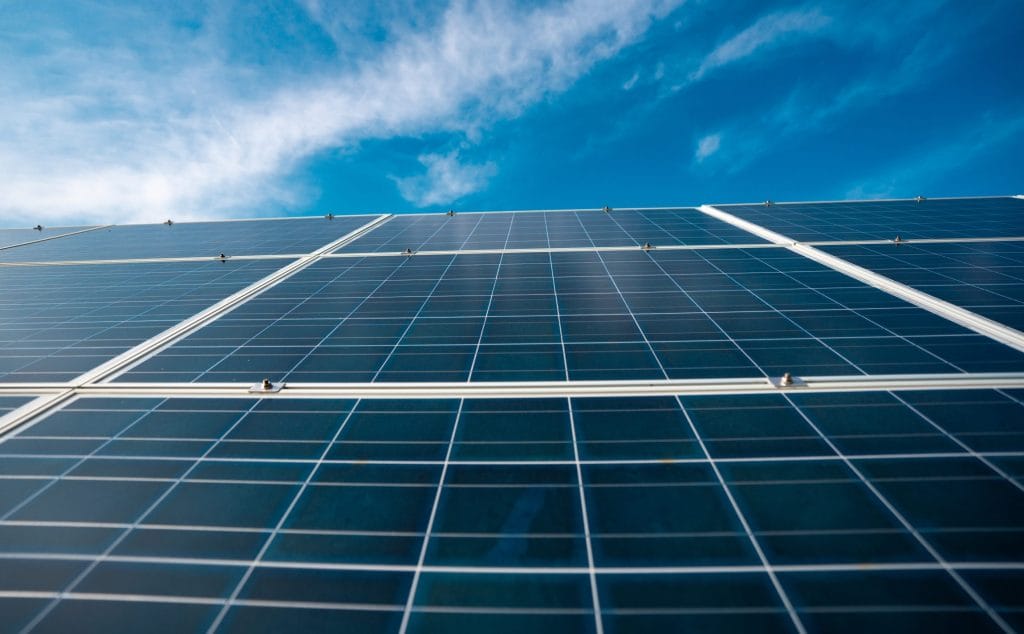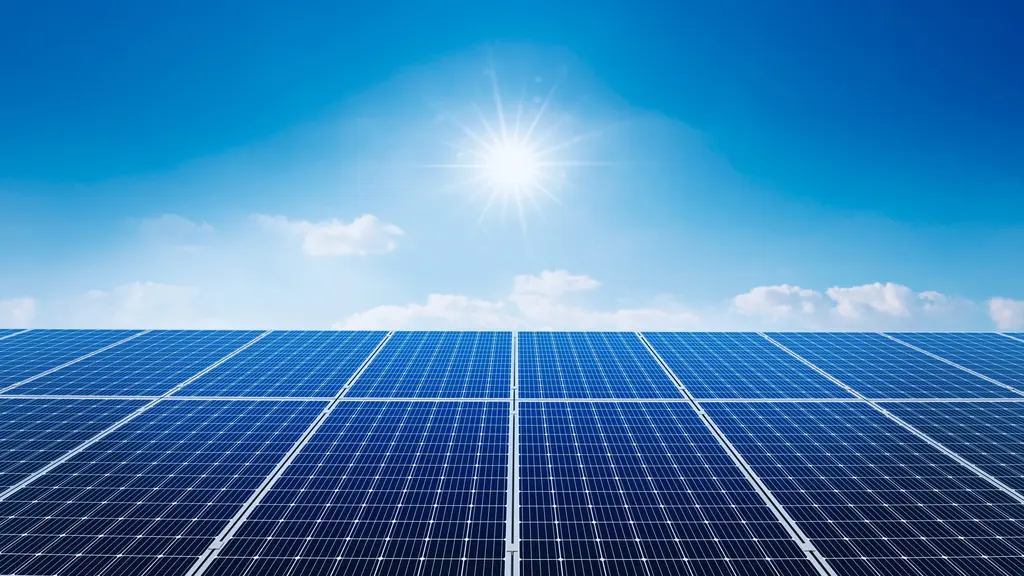What are Solar Energy Facts in 2023? Well, the solar energy industry is preparing for rapid growth as we enter a new year.
In 2023, the year began with economic uncertainty and supply chain issues still holding over from the Covid-19 pandemic. These hang-ups dampened solar growth in the first half of the year, however, according to a press release published by the Solar Energy Industries Association, The U.S. solar industry expects to add a record 33 gigawatts (GW) of new capacity in 2023, a 52% increase from 2022.
And that number is expected to climb in the years ahead!
The bright future that is expected for the solar energy industry is largely due to the historic clean energy legislation included in the Inflation Reduction Act (IRA) passed in 2022.
In the first year that the IRA has been in action, the historic clean energy legislation has already helped homeowners go solar more easily, buy electric vehicles, and electrify their homes. Also, we’ve seen businesses and manufacturers make investments in clean energy, investments that are truly moving the needle on electrifying our grid and reducing carbon emissions.
Solar Energy Facts 2023
Here’s a look at the growth of clean energy in 2023 alone:
- In 2023, we saw $100 Billion in new private-sector investments in solar and energy storage
- 51 Solar manufacturing facilities have been built or expanded here in the United States since the passing of the IRA. We saw big announcements from our partners at Enphase, Silfab and Qcell, just to name a few.
- 155 Gigawatts of total new solar manufacturing capacity across the solar supply chain was announced. These announcements include:
- 85 GW of solar module capacity
- 43 GW of solar cells
- 20 GW of silicon ingots and wafers
- 7 GW of inverter capacity
Here are key IRA benefits for homeowners:
- 30% Federal investment tax credit for solar panels and solar battery storage through 2032.
- Tax credits on electric vehicle purchases
- Tax credits on home electrification projects and energy efficiency upgrades
Whether or not you take advantage of these tax incentives, you will still benefit! Across the United States, people are taking advantage of these benefits and collectively are contributing to the reduction of greenhouse gasses that are contributing to climate change. And as a nation, we’ll all benefit from that.
The IRA also has a big focus on job creation. As we see more solar and storage manufacturing and solar installations take place here in the United States, we’ll see more and more good paying jobs in the renewable energy industry.
Finally, by taking advantage of tax credits for greener alternatives, people, in the long run, will have the opportunity to lower their monthly expenses (for things like transportation, electricity, heating, and cooling). So, practically, the IRA provides relief to people by reducing their monthly bills.
Here are key IRA benefits for businesses and organizations rolled out in 2023:
The IRA includes multiple opportunities for businesses and organizations to receive tax benefit “Bonuses” above and beyond the base 30% federal tax credit. In 2023, the Internal Revenue Service (IRS) was busy developing and releasing guidance for who is eligible for these bonuses.
- The Energy Communities Tax Credit Bonus is an additional 10% adder and applies to businesses, organizations, and non-profits that are located in eligible areas.
- The Low-Income Communities Bonus Credit proves an additional 10% – 20% bonus for qualified projects.
- The Domestic Content Bonus is an additional 10% tax credit bonus for projects that meet requirements tied to using equipment that are coming into production thanks to the United States based production investments listed above.
The Outlook for Solar Energy Looking Forward
- Over the next 10 years, the IRA will lead to 48% more solar deployment than would otherwise be expected under a no-IRA scenario.
- By 2033, the U.S. will have installed 669 GW of total solar capacity, more than 4 times the amount installed today.
- By 2031, solar energy will produce more electricity each year than all U.S. coal-fired power plants in 2022.
- The solar industry’s annual CO2 emissions offsets will increase from 169 million metric tons (MMT) today to more than 459 MMT by 2033.
- 10 years from now, there will be enough solar power installed to power every home east of the Mississippi.
Facts provided by the Solar Energy Industries Association.
Emissions Reduction Impacts
According to the U.S. Department of Energy, the IRA in combination with previous policies will help drive 2030 greenhouse gas emissions to 40% below 2005 levels. Moreover, with additional expected policy at the local, state and private sector levels – the U.S. is positioned to reach 50 – 52% greenhouse gas emissions below 2005 levels in 2030.
Analysis of U.S. Energy Policies in Reducing Emissions and Improving the Economy
The IRA isn’t the only piece of United States policy that is impacting the solar energy industry. In conjunction with the IRA, the partner bill, the Bipartisan Infrastructure Law (BIL). Together, according to the DOE, these bills are positioned to:
- Save American families up to $38 billion on electricity bills
- Reduce U.S. net greenhouse gas emissions 40% below 2005 levels by 2030
- Strengthen U.S. energy security by reducing net crude oil imports by nearly 60%
- Reduce industrial and manufacturing emissions up to 40% below 2005 levels
- Double the share of American electricity generated by clean sources to 80%
- Accelerate the electrification of the American vehicle fleet
While these prospects are exciting, these bills are intended to jumpstart long-term emission reductions through sparking investments. Together, states, local governments, private industries, the federal government, and all Americans will need to work together to ensure progress towards the nation’s 2050 net-zero emission goals!
Read more from The Solar Energy Industries Association about Solar Energy Facts in 2023 and the impacts of the IRA.










